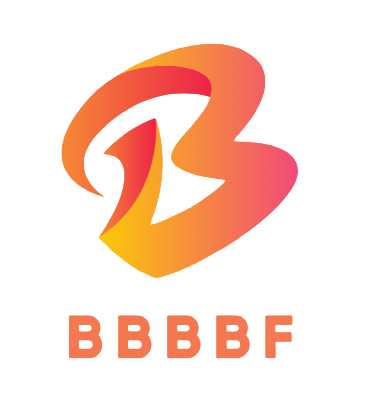Well, before figuring out how an SSL affects your website, this is how web browsers display a website if it doesn’t have an SSL certification.
![]()
The first thing you will notice is ‘not secure’ in the address bar, which might make visitors want to leave the site. So it’s highly recommended to have an SSL certification because it will not only get rid of the ‘not secure’ sign but also secure the data.
Alright, so back to other visual cues:
The first cue is on the address bar. The website’s prefix will be HTTPS:// Here, the additional ‘s’ simply means secure.
![]()
In the address bar, you will see a big indication of safety: a padlock before the web address. This assures that the connection is encrypted and secured.
This assures that the data sent to and from the server and the user will be private and encrypted.
![]()
When used on a website, the Extended Validation SSL Certification (we will talk more about it below) will display the company name in the address bar. This is the most secure form of certification, proving to customers that it’s 100% legitimate.
As you can see here, there are a couple of visual cues that you can see, and each of these certifications is different.

Comments (0)